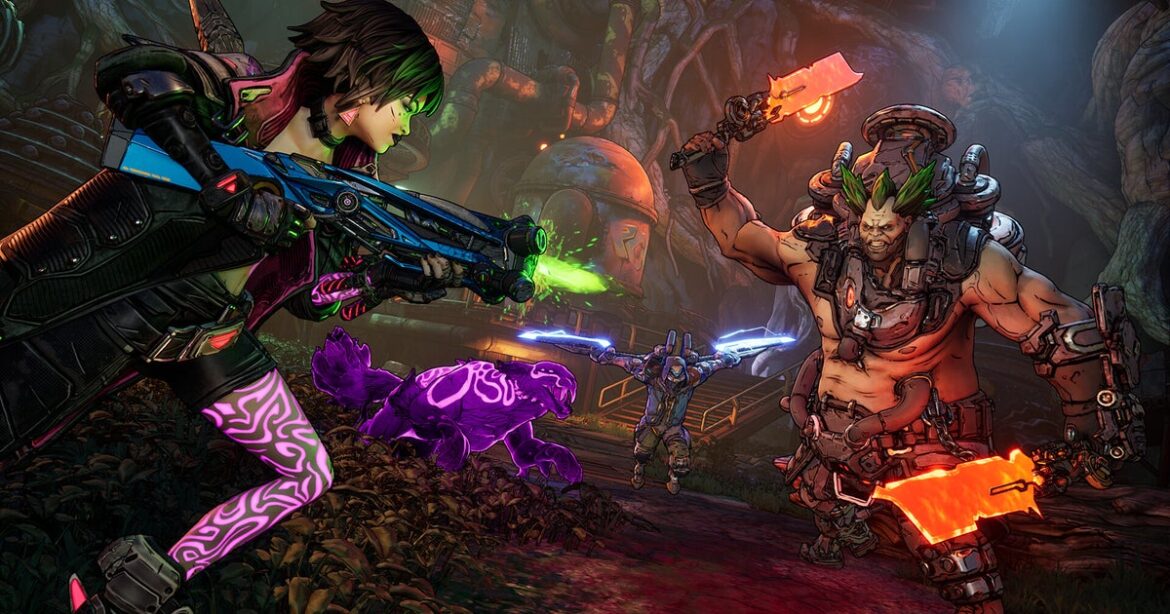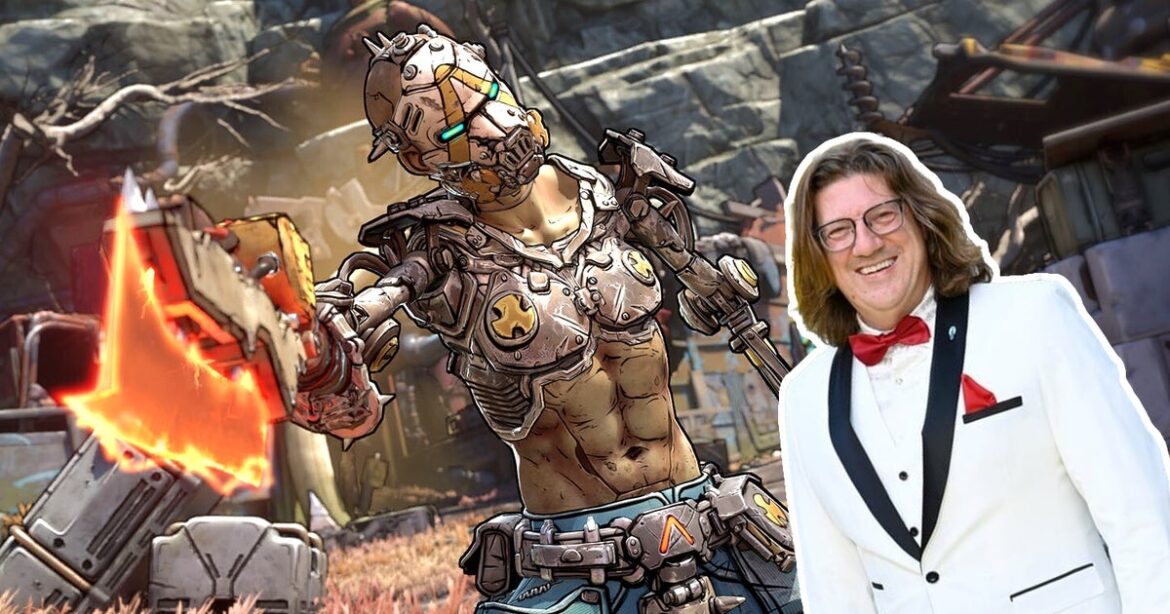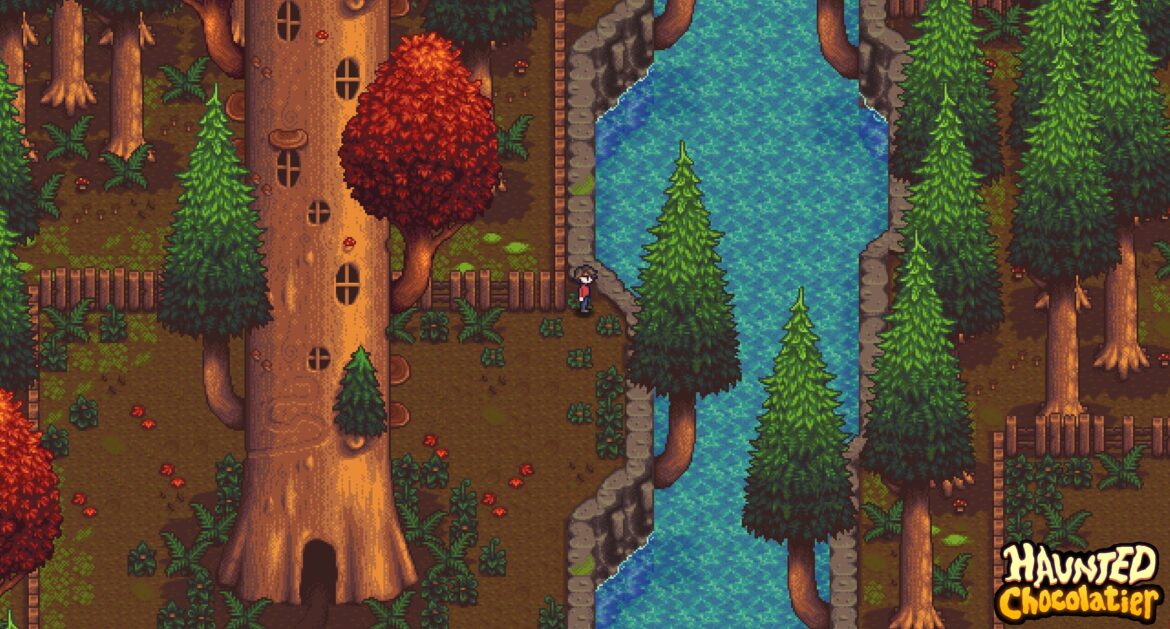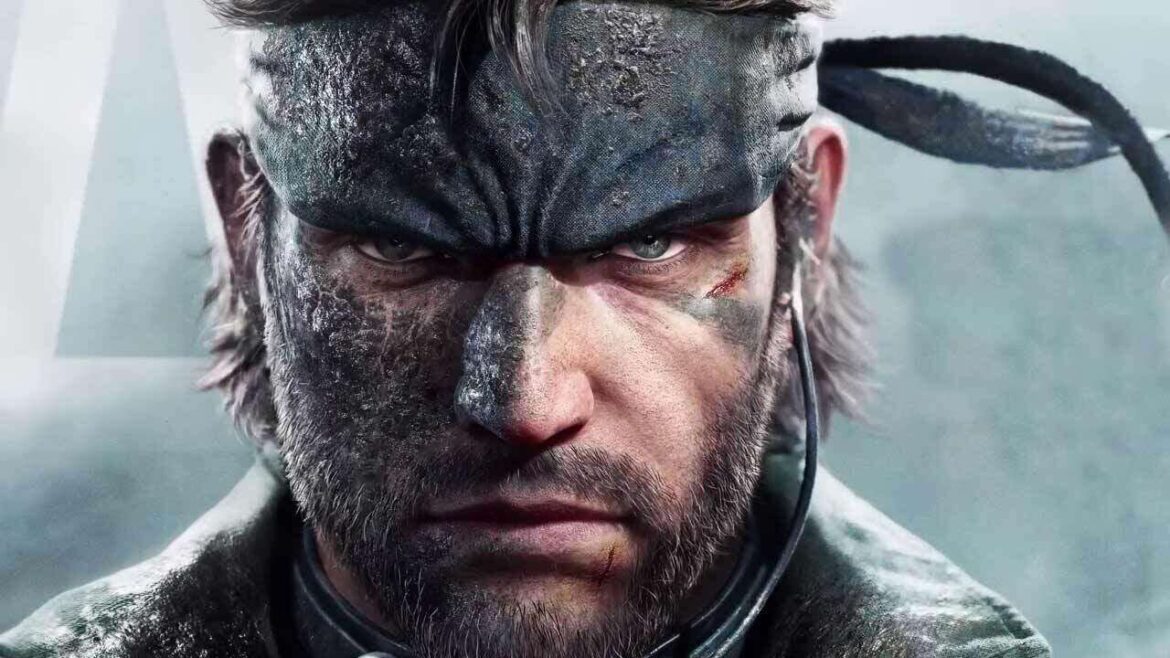Gearbox Software CEO Randy Pitchford has called Borderlands 4’s performance “pretty damn optimal” in response to complaints about the game’s optimization on PC.
In a series of X posts on September 15, 2025, Pitchford appeared to put the onus of performance issues on players, saying: “Every PC gamer must accept the reality of the relationship between their hardware and what the software they are running is doing.”
“We have made an amazing and fun and huge looter shooter campaign game,” he continued. “The game is pretty damn optimal – which means that the software is doing what we want without wasteful cycles on bad processes.
“With Borderlands 4, every PC gamer has a lot of tools to balance their preferences between FPS, resolution, and rendering features. If you aren’t happy with the balance between these things you are experiencing, please tune to your preferences using the tools available to you.”
The CEO also claimed it is “absolutely reasonable” for developers of a campaign looter shooter to “focus on default settings achieving 30fps on minimum specification and 60fps on recommended specification.”
“It is a mistake to believe or expect that PCs between minimum specification and recommended specification can achieve all of extremely high frame rate, maximum/ultra features, and extremely high resolution,” Pitchford continued.
“If that last post makes you have a negative reaction, I bet you have emotions and expectations that you feel aren’t sufficiently attended to. I’m sorry.
“But please accept that the game is doing a lot and running pretty optimally and that you may have to either accept some trade offs between fps, features and resolution as your preference or you will continue to be disappointed.”
Pitchford insisted Borderlands 4 has “few real issues,”, and those that do persist are “affecting a very, very small percentage of users.”
“We are fixing those and many are already fixed,” he said. “We are also doing significant work on PC performance and, well, everything else that is coming at us. We’re not stopping.”
However, Pitchford recommends fans don’t wait for these fixes and instead “make the trade offs to prioritize what is important to you,” suggesting players reduce resolution to address FPS issues and utilise Nvidia’s AI-powered DLSS technology to improve visuals.
In response to Pitchford’s posts, multiple players highlighted the PC performance issues they’ve had with Borderlands 4, primarily citing unstable frame rates, even at lower graphics settings.
In its analysis of Borderlands 4’s PC performance, Digital Foundry (which tested the game on a high-end PC) also highlighted stuttering, 30 fps cutscenes, and frame rate drops as some of the game’s “pervasive” issues.
In addition, since its launch on September 11, 2025, Borderlands 4 has received numerous negative reviews on Steam, with players citing performance, optimization, and crashes as major reasons for not recommending the game, resulting in a Mixed overall rating.
Despite these issues, Borderlands 4 has surpassed 300,000 concurrent players on Steam, putting it ahead of Skyrim, Halo Infinite, and Rust when it comes to the platform’s most-played games of all time.





